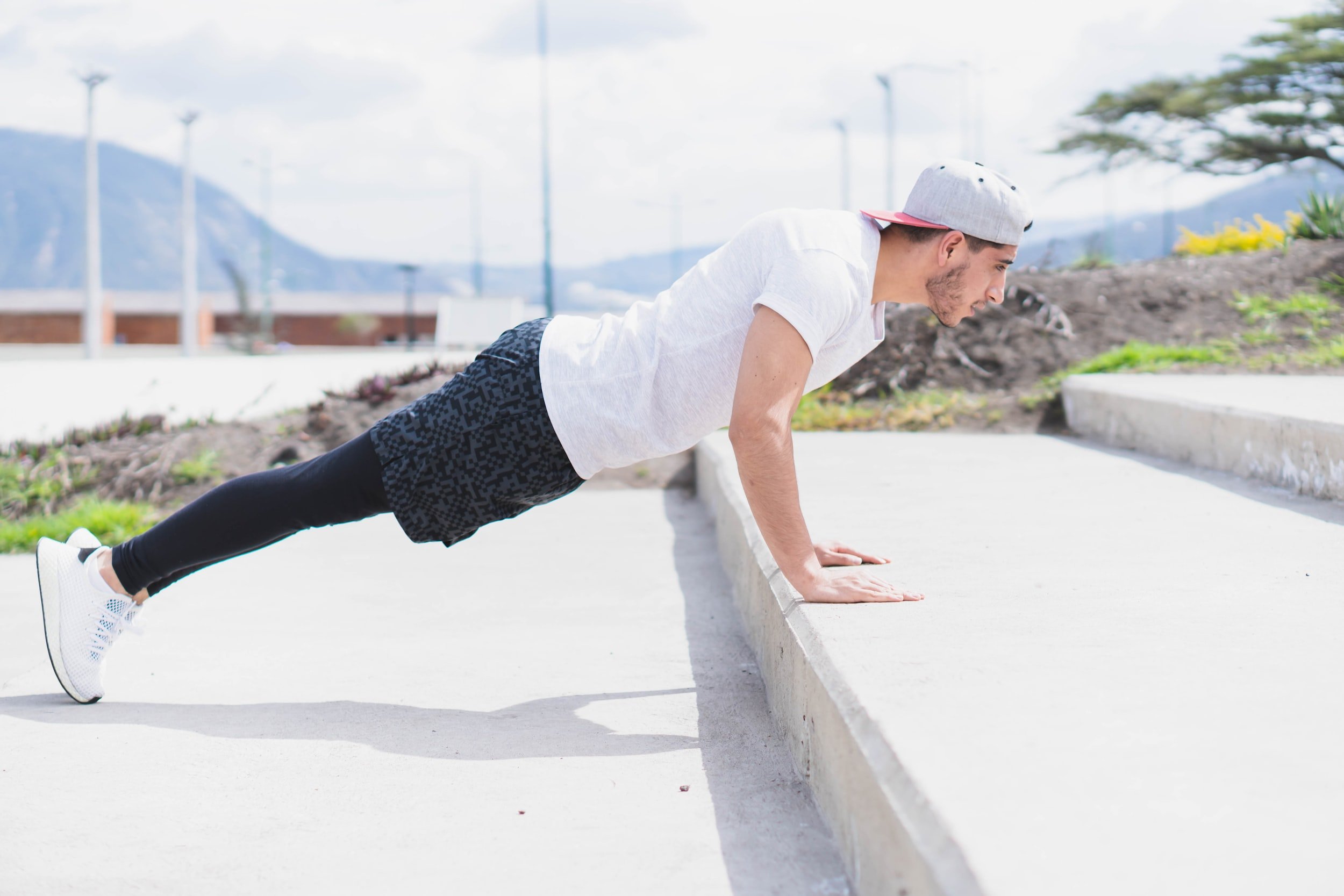Exercise is Medicine
“Eating alone will not keep a man well; he must also take exercise. For food and exercise… work together to produce health.”
There are three major factors that influence our health and longevity: genetics, environment and behavior. We do not pick our parents. Therefore we have zero control over the genes with which we are born. But here’s the good news: over 90% of chronic illness in this country is not caused by genetic factors, but by our environment and lifestyle.
Much like playing a game of cards, we are dealt a hand and are expected to play the game as best we can with what we are given. Therefore, it becomes critical that we focus on the two variants that are within our control: our environment and our behavior (lifestyle).
Fortunately, modern medicine and science have reduced many of the environmental factors influencing disease, such as through vaccinations, hygiene and safety regulations. Awareness of so called “endocrine disrupters” and how to avoid them is also becoming more mainstream. Being aware of and avoiding these hormone-disrupting chemicals is one of the best ways to improve the environment in which we dwell.
It is our behavior — our lifestyle — the choices we make each and every day, over which we have the most control. Your health, and risk of illness or disease, is ultimately determined by what you eat, the quality and quantity of your sleep, your fitness, how much stress you experience and how you manage it, environmental exposures, your social connections, and even your mindset.
Let’s focus on one major tool at our disposal: our physical fitness. Physical inactivity has become one of the greatest public health issues of our time and finding ways to get people to be more active is absolutely critical to improving health and longevity in the 21st century.
The beneficial relationship between exercise and health is well known. Each year adds more studies to the overwhelming evidence of the benefits of staying physically active versus living a sedentary life. The association between physical activity and health persists in virtually every subgroup of the population, regardless of age, sex, race or environmental condition. And this was obviously evident during the COVID pandemic when those who were unfit did poorly when they contracted the virus versus those who were generally healthy.
By far, a sedentary lifestyle combined with poor eating habits causes more obesity (leading to other chronic illness) in our society than all other causes combined. Our ancestors did not struggle with obesity. This is a modern-day problem.
Exercise really is a form of medicine. It is also an excellent vaccine to prevent chronic disease and premature death. There is no combination of medications that can compare to the health benefits of movement.
If there were such a pill that conferred all the confirmed health benefits of exercise, we would truly call it a wonder drug. Would it not be the most prescribed pill in the history of mankind?
Unfortunately, most mainstream medical practices do not pay nearly enough attention to this “miracle drug” that is exercise. Instead, today’s healthcare system is too enamored with procedures and pharmaceuticals, while paying little more than lip service to prevention. There is no ICD-10 code that a medical practitioner can submit to an insurance company that states, “provider spent 60 min discussing all of the health benefits of exercise as medicine with this patient.”
So then, it is up to us as individuals to take control of our own health and make a conscientious decision to commit ourselves to a lifetime of movement and exercise.
Conclusion:
You have much more control over your health destiny than you realize. Your genes are your hardware but your lifestyle is your software. It can be improved and upgraded, multiple times. So don’t commit to some 3 month program or a 6 week “shred” until you have made exercise a part of your lifestyle and who you are as a person!
Check out the following resources:
Fitness Pyramid: MTN HLTH Fitness Pyramid
See more: www.exerciseismedicine.org
Get outside and do something active and that you enjoy today!
REFERENCES
Pate RR, Pratt M, Blair SN, et al. Physical activity and public health: a recommendation from the Centers for Disease Control and Prevention and the American College of Sports Medicine. JAMA 1995;273:403–7.Google Scholar
US Department of Health and Human Services. Physical activity and health: a report from the Surgeon General. Atlanta, GA: Centers for Disease Control and Prevention, National Center for Chronic Disease Prevention and Health Promotion, 1996.Google Scholar




